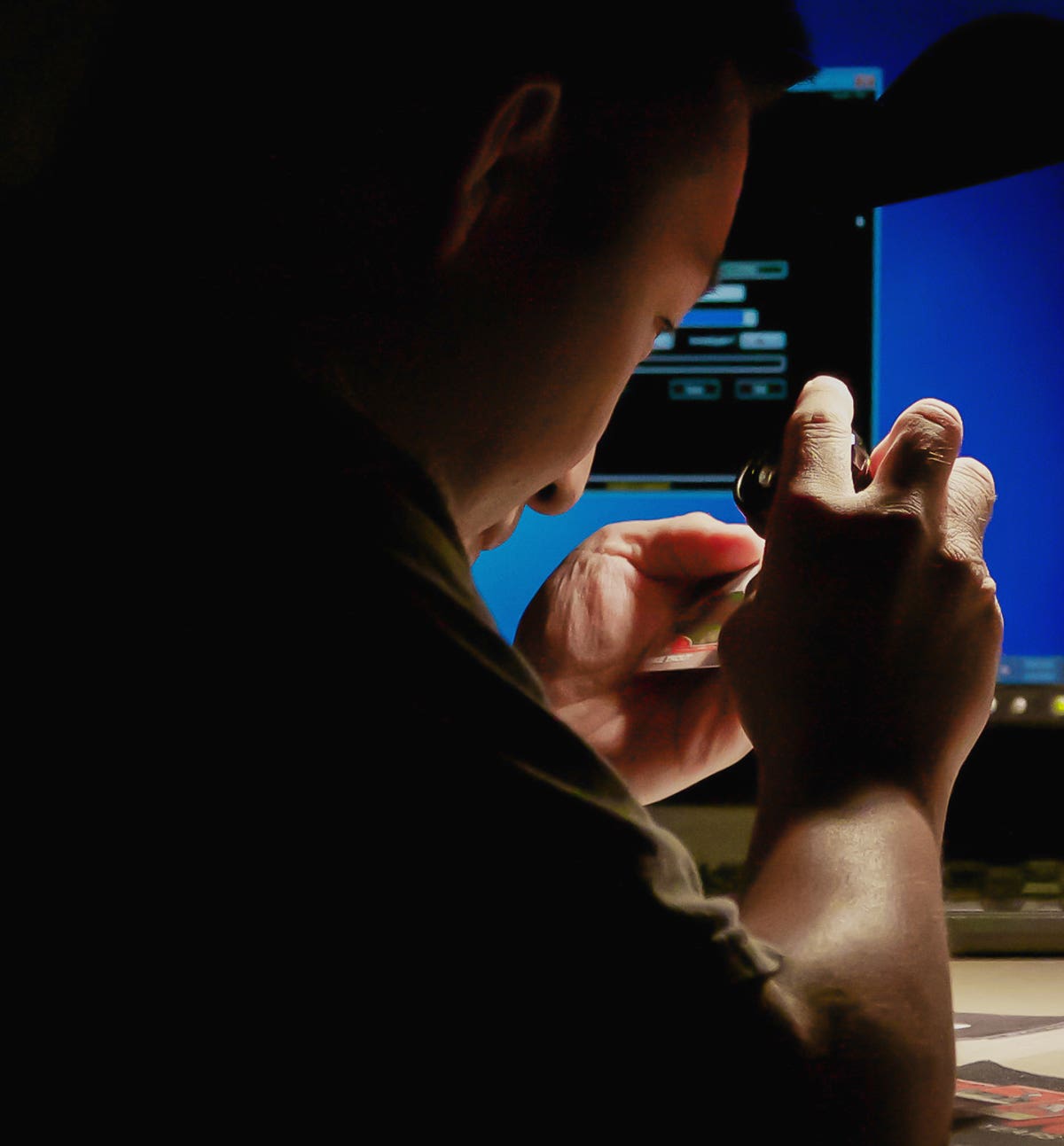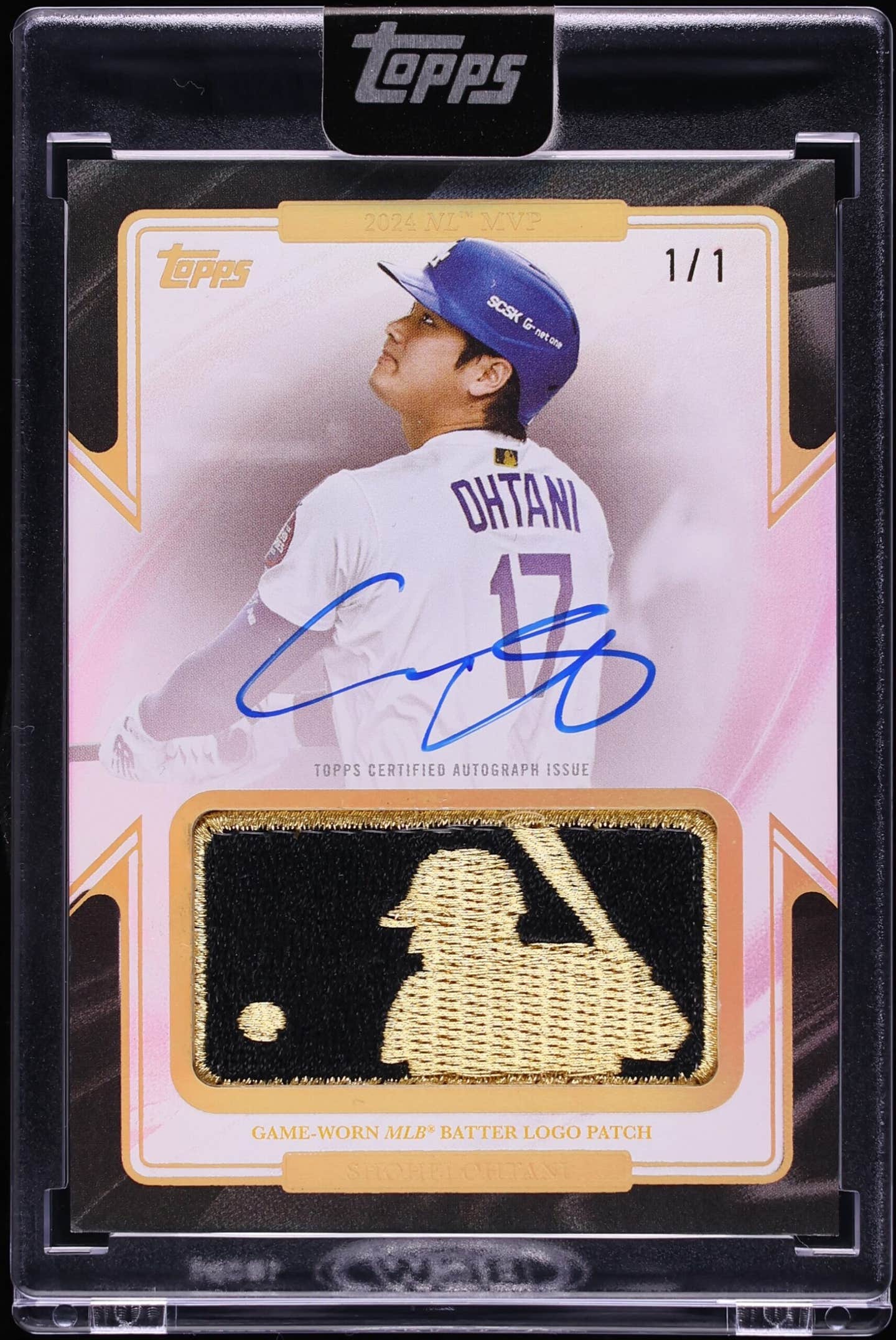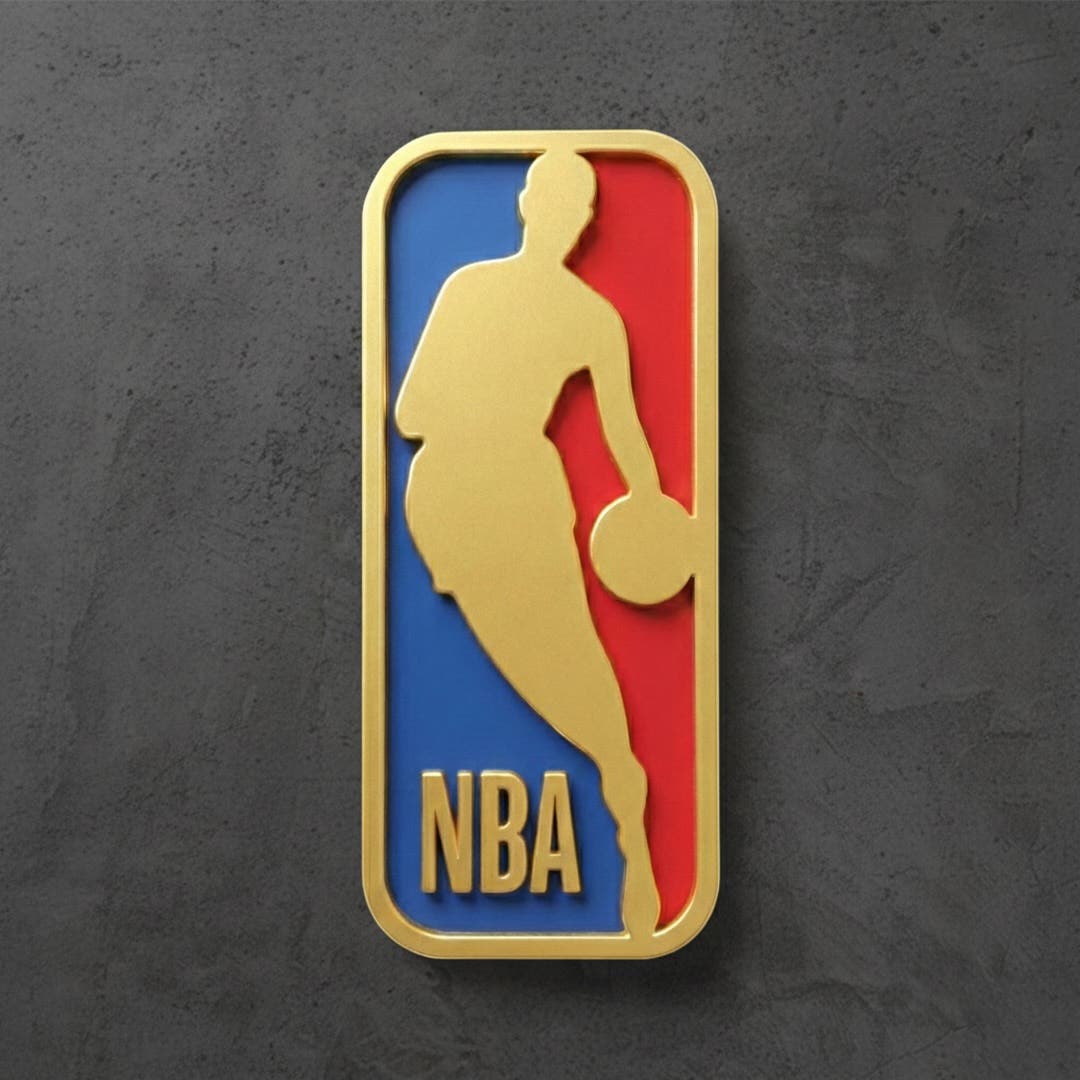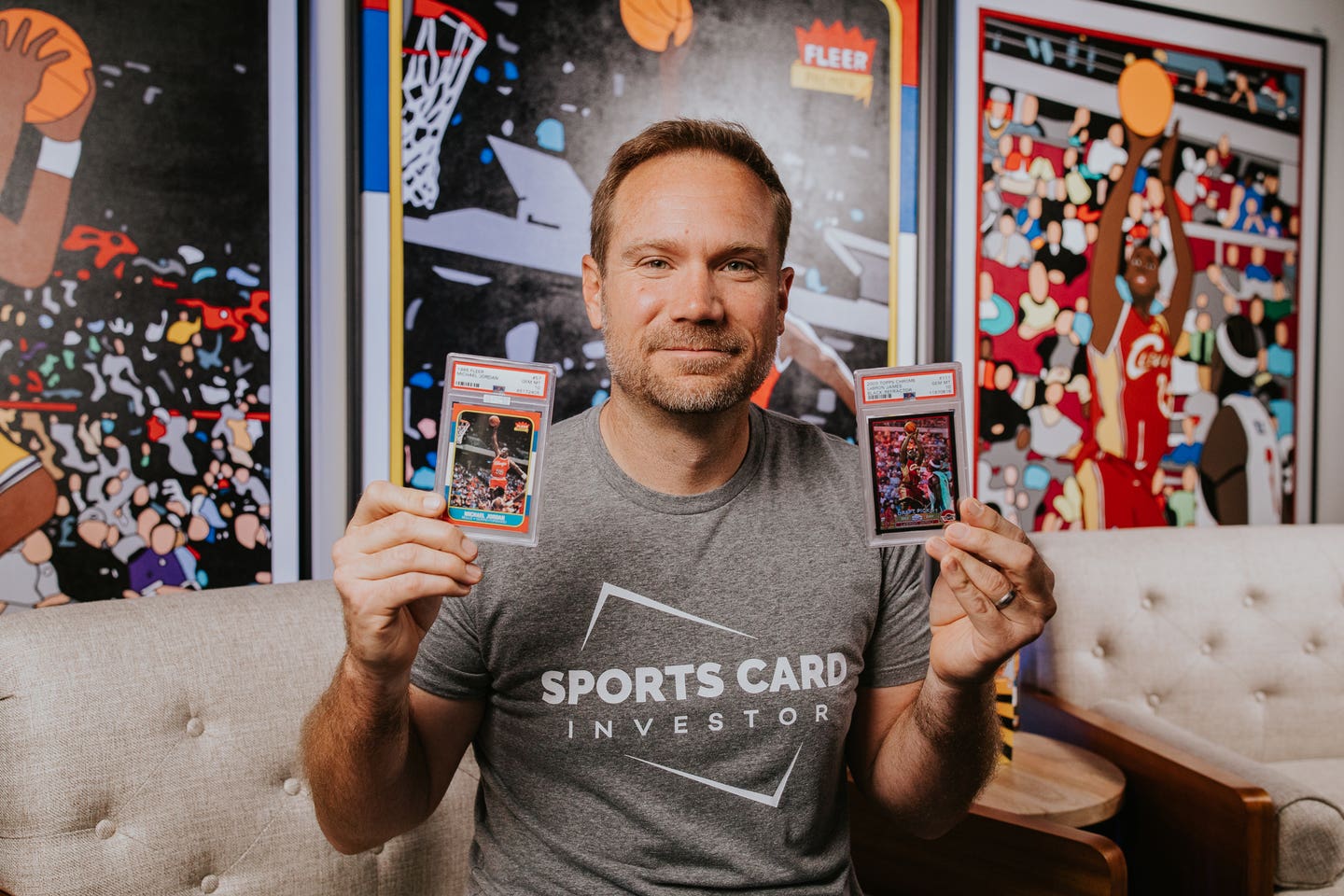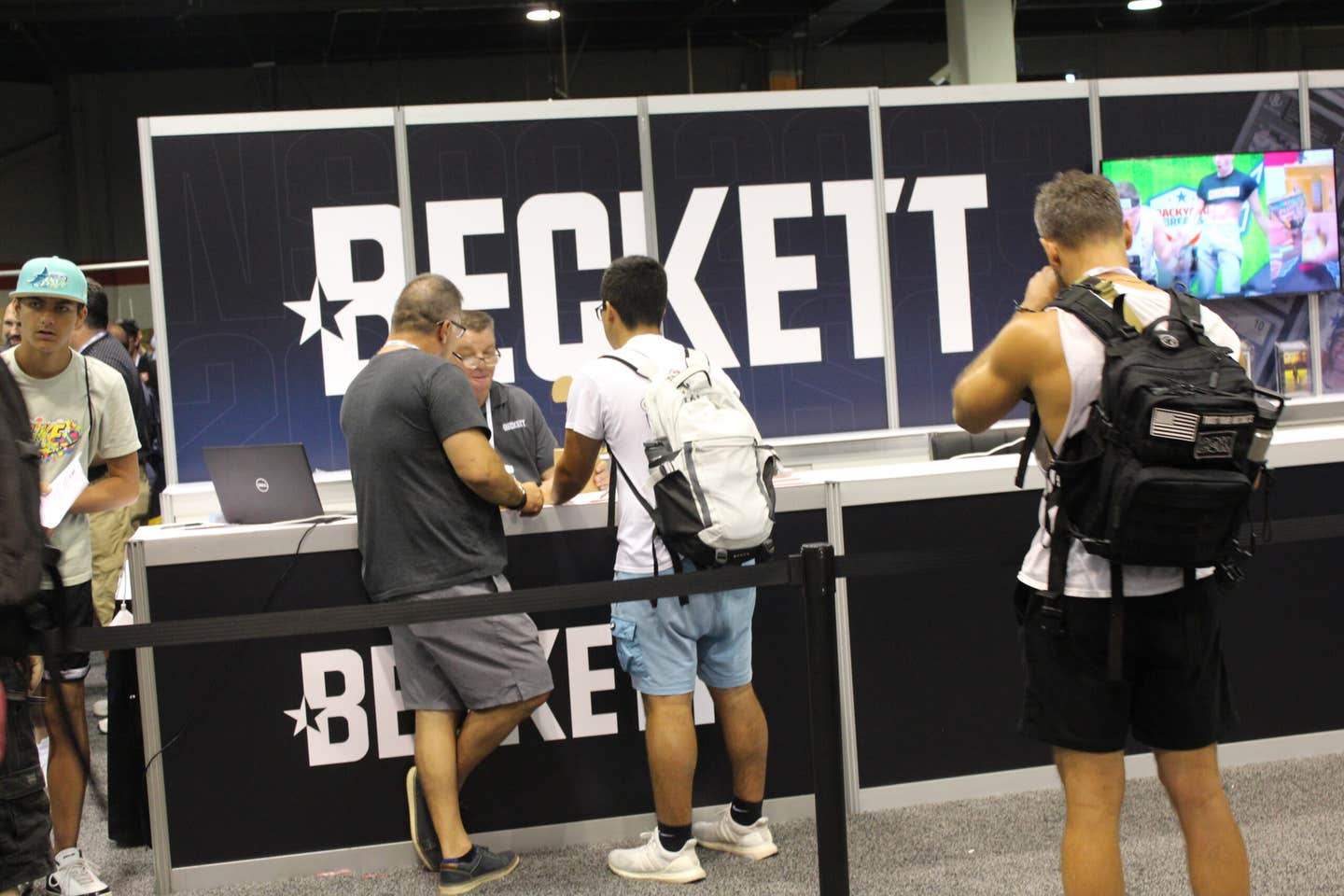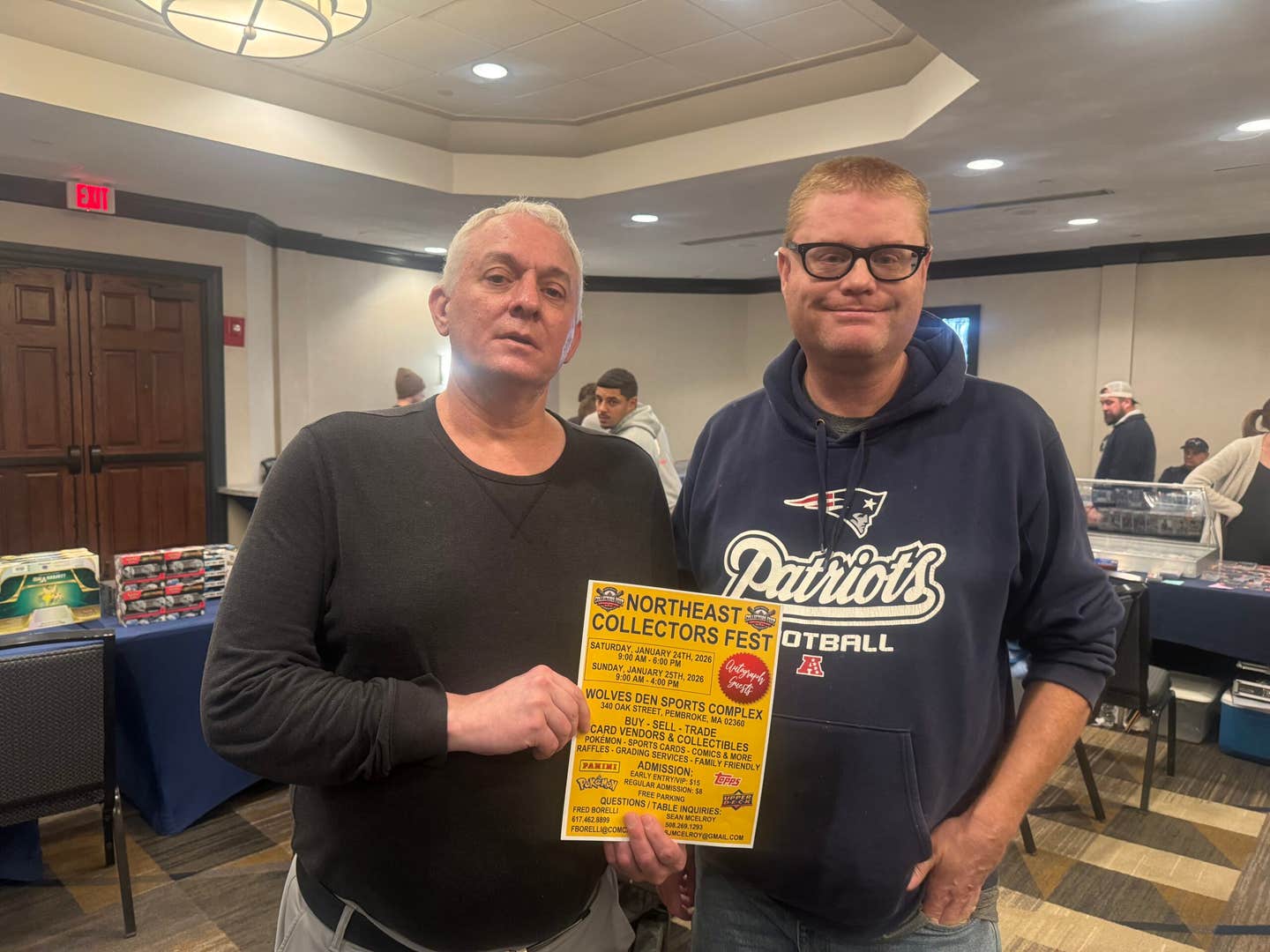News
Collecting autographs and sharing memories with one of baseball’s oldest players
(EDITOR’S NOTE: Former major league pitcher Don Ferrarese, who was one of the oldest living major leaguers, passed away on Nov. 4 at the age of 95. Last year, SCD contributor Gary Herron and two buddies drove from New Mexico to Durango, Col. to visit with the colorful Ferrarese and talk to him about his major league career.)
DURANGO, Colo.—It’s not unusual as winter turns to spring that baseball fans dream of being at Spring Training.
When Don Ferrarese had that dream last February, it may seem natural to some—except that the 93-year-old former major league pitcher had not only participated in Spring Training in Florida and Arizona more than six decades earlier, but he was soon to return: His son was going to take him from his home in chilly Durango to Spring Training in the Valley of the Sun.
“They took me there a few years ago, and I was like a kid in a candy store,” he said, decades removed from being a kid. “I’m here, baby.”
Growing up in Apple Valley, Calif., he recalled, “First of all, I wanted to be a cowboy as a 6-year-old. From there, I wanted to be a baseball player.
“When I got my first mitt, I was in hog heaven.”
Naturally, Ferrarese was excited about that forthcoming trip, and he was happy to spend about three hours with three amigos who’d driven 200 miles from Rio Rancho, N.M. to take him to lunch and hear about his time in the majors (1955-63). He couldn’t have been more pleasant or articulate, with some expletives tossed in, and even handed out autographed baseballs, baseball cards and his autobiography, and even a of couple bobbleheads, to the guys who’d come to see him that day.
No, Don Ferrarese wasn’t a former player a lot of people will remember, but he was still sharp at 93, even remembering some of his days when he pitched—he had a 14-11 record for the Triple-A Albuquerque Dukes in 1949.
The southpaw had a few claims to fame, such as appearing on the Ed Sullivan Show the day after taking a no-hitter into the ninth inning at Yankee Stadium on May 12, 1956, striking out 13 Cleveland Indians in his MLB starting debut.
“I struck ’em out on fastballs,” he recalled more than 66 years later. He also provided an RBI for the game’s only run.
His won-lost record in his eight MLB seasons with Baltimore (1955-57), Cleveland (1958-59), Chicago White Sox (1960), Philadelphia (1961-62) and St. Louis (1962) was an unimpressive 19-36 with an ERA of 4.00. Along the way, he tied a record with Babe Ruth, swatting three doubles as a pitcher in an American League game.
After his playing days, he was a coach for youth leagues and some high school teams, with a couple players—Jason Thompson and Jason Vargas—who pitched for the Albuquerque Isotopes, playing on some of his Apple Valley (Calif.) Little League teams.
“I’ve been here three years since my wife passed away,” Ferrarese said, seated in a booth in a Mexican restaurant on US 550, not far from his home. “I haven’t found one person that knows anything about baseball, or cares. So I’m looking forward to you guys.”
He still gets a dozen or more requests for his autograph on a weekly basis, receiving his old baseball cards from back in the day. Coincidentally, he was on a card each year he was in the majors, but says, “I got a fee of $125 [for signing] from Topps in the beginning, or a gift—a camera, a picnic table or $125 in cash.”
He’s understandably proud of his foundation, the Don Ferrarese Charitable Foundations, which awards $4,000 scholarships to youth solely on the merits of their community and charitable service.
Here are some of Ferrarese’s best memories, recounted that day in 2023:
• On the millions of dollars being made by today’s players: “I’m not envious at all, I got my pension. I started [receiving it] at 45. … I have no complaints. I didn’t achieve what I wanted to achieve, but I can’t complain. … I was a bonus baby; I made $1,000 a month.”
One reason he didn’t meet his goals was because he wasn’t used as a starting pitcher, as he wished—he was a reliever, with only 50 starts in the 183 games he appeared in.
“I was always on trial,” he said of Paul Richards, his manager in Baltimore. When he arrived in Cleveland, Joe Gordon was his manager and his favorite. “Every time I was in a rotation, I did well,” he said.
His 1959 season shows 10 starts and four complete games, with a 5-3 record and an ERA of 3.20.
• On his almost no-hitter at Yankee Stadium. It was the bottom of the ninth with Andy Carey at the plate: “Two strikes, I threw him a curveball—it hit the rubber on home plate, and went straight up in the air. Then Billy Martin pinch-hit; I struck his ass out. Don Larsen pinch-hit, he fouled out. Hank Bauer comes up and I break his bat [but he hit the ball over the third baseman]. Mantle comes up, and I’m tired—we pitched till our tits fell off. I don’t remember the count, but I threw the best fastball I could throw, and he hit a soft fly.” (Martin, a year older, and Ferrarese played on opposite youth and high school teams in northern California.)
The appearance on the Ed Sullivan Show (You can find it on YouTube.) was inspired by the fact that the Dodgers’ Carl Erskine had thrown a no-hitter in an afternoon game that day and Ferrarese was bidding to make it two no-hitters on the same day in New York.
• On his arm as a youngster: “I was a high school sophomore when I first became aware I had a strong arm. In P.E., I was dazzling everybody. The football coach said, ‘You should be my quarterback.’ But my father wouldn’t let me go play football because, as an immigrant, I had to work in the produce market—if you get hurt, you can’t work.’”
As it turned out, his father agreed to let Ferrarese play quarterback for his high school team until he got hurt. “I didn’t quite get 60 yards, but I could pass 55 yards. I became an all-star quarterback and was an all-league quarterback—unanimous. I had a scholarship to Cal-Berkeley and St. Mary’s College—football and baseball. I went out to spring practice and saw those big bastards and said, ‘No, I’m gonna play baseball.’” (Ferrarese was 5-9 at the time.)
He’d also been a prep basketball standout and played collegiately.
“My senior year in high school, we had an all-star game in San Francisco against the best San Francisco high school athletes: Gus Triandos, Gino Cimoli. (Billy Martin was his teammate on the Oakland squad.) I was the Most Valuable Player in the San Francisco game. We go to Oakland, reverse the thing, and I was the MVP of that game.”
The San Francisco plaudits rewarded him with a trip to Chicago; the other award got him a paid trip to New York City.
“The Yankees were on the road. I got to see all the lockers. We had an intra-squad game … I struck everybody out. Honus Wagner was a coach; Ray Schalk was a coach; Rabbit Maranville was a coach.
“The second day we have another game and I did the same thing, so I became, by default, the starting pitcher, and here I am—August 1947, 34,000 people. Babe Ruth was in attendance, Rocky Graziano, Babe Didrickson Zaharias. I started the game and struck out six of the first nine. I hit a double, and it would’ve been a home run except the guy caught it against the wall. We were playing in the Polo Grounds.
“I became the unanimous MVP of the game. Guys came over to me, put me on their shoulders and carried me over to Babe Ruth. He was dying of throat cancer—he died a year to the day in 1948 (Aug. 16). He shook my hand. … I made a mistake by not getting his autograph.”
• Best pitcher he ever saw: “Probably the best pitcher I ever saw, including [Bob] Lemon, [Bob] Gibson, [Warren] Spahn, [Tom] Seaver, [Herb] Score had better stuff than Koufax. I was with him three years, so I can attest to it. The first two years, after he got hurt, they put him in the bullpen and the catchers could hardly catch him. Well, he struck out almost 300 men. His curveball was better. … I faced Koufax one time; I thought I was a pretty good hitter. I was a pretty good hitting pitcher. Man on second base—if I get a base hit, I’ll win the game in Philly. I couldn’t hit that guy with an oar.”
• Yogi Berra: “He loved me because I was Italian. Every time I went to plate, he’d say something nice to me and yell out, ‘good hitter, good hitter,’ because I hit well against the Yankees.” In a later reference to Berra, Ferrarese said, “Yogi said I had the best curveball in the American League for a left-hander. Right-hander with the best curveball was Camilo Pascual.”
• Today’s high salaries in MLB: “Finally, the people who bring fans are being rewarded. In my time, we were slaves. If you were, say, Mickey Mantle—using that as a name—you would go [to a game] to see Mickey Mantle or Willie Mays or Clemente, whoever. They should’ve been paid. I got a $1,000 raise from Paul Richards in Baltimore; I asked for a $1,000 raise. I said, ‘Paul, I packed in 54,000 people to come see me play; that’s worth something.’ I had to beg for a $1,000 raise, so in that context, they are finally being rewarded. But for a .220 hitter, they’re making $15 million a year, way out of balance.”
• On recent changes to the game, such as pitch-clock rules and base size: “It shouldn’t be tampered with too much, in my opinion. But money talks, home runs. In my time, 200 strikeouts would be disastrous. Joe DiMaggio struck out 56 times one year.”
• Hitting a batter after showboating: “We were taught not to show up our opponent. … There were fines for not hitting somebody. Charlie Dressen [one of Ferrarese’s favorite managers] said, ‘I’ll give you a new set of clothes if you hit that SOB.’”
• “I’ve got three records that I’m aware of: three doubles [by a pitcher] in one game, that’s one; four consecutive shutouts in the Texas League … .” (He couldn’t recall the third, but, hey, he’s 93!)
• Names from the past: Johnny Keane and Paul Richards were the worst managers he played for. “Brooks Robinson initially wasn’t a very good hitter, [but] always a great fielder.” Richards, managing the Orioles, would put the 18-year-old Robinson in for defensive purposes. “… Killebrew was a guy, when he hit a ball, it kept going. … Al Kaline had the best throwing arm, because Rocky Colavito’s throws would short-hop the infielder or catcher. “… Musial was a wonderful man.”
• Ferrarese also remembers: He never gave up a home run to Hank Aaron, but gave up a bases-loaded triple to the Hammer. He gave up a homer to Roberto Clemente “that hit the dirt in front of home plate.”
• Back from the dead: “There was a guy in Lebanon, Ind., selling my autograph for $10, except it said ‘deceased ballplayer.’” After doing some research, a buddy of Ferrarese called the man and put Ferrarese on the line. “I said, ‘Hello, I’m Don Ferrarese.’ Total silence. I said, ‘How did you figure out I was dead?’ He said, ‘I took a chance.’ So I went back to my office and I signed an autographed 8x10 ‘I’m still alive.’ … Two years ago, I get another call … [the guy] tried to sell the damn thing for $35, the same one I’d sent him that said I was still alive. That’s called entrepreneurship. True story.”



